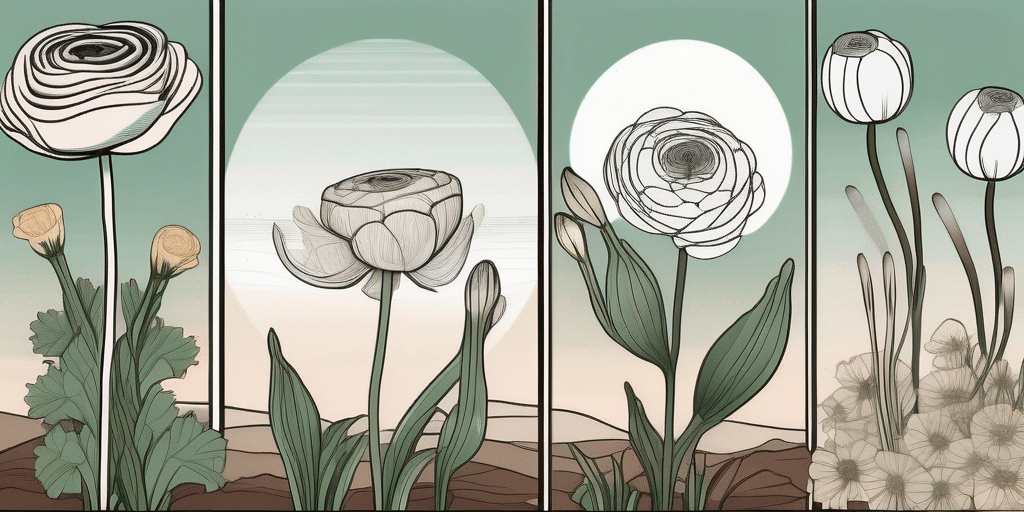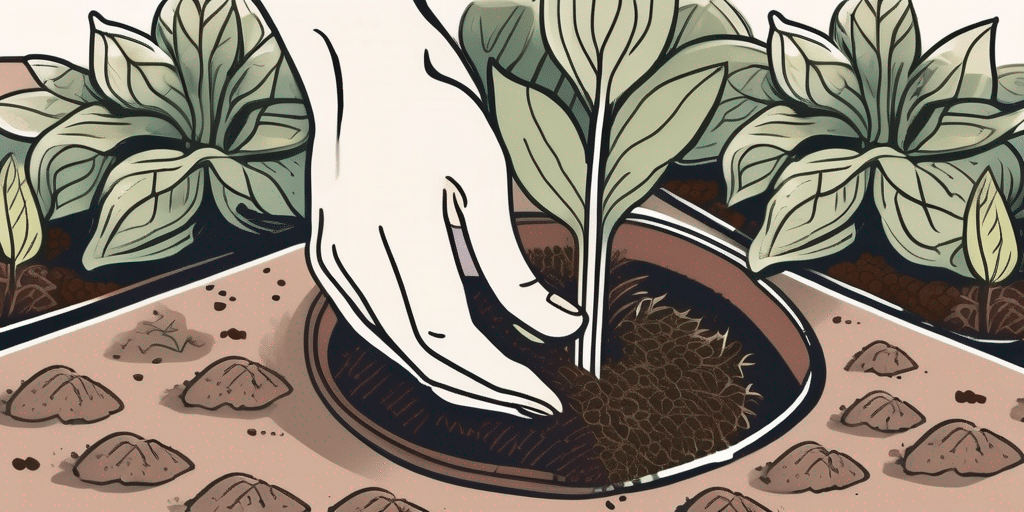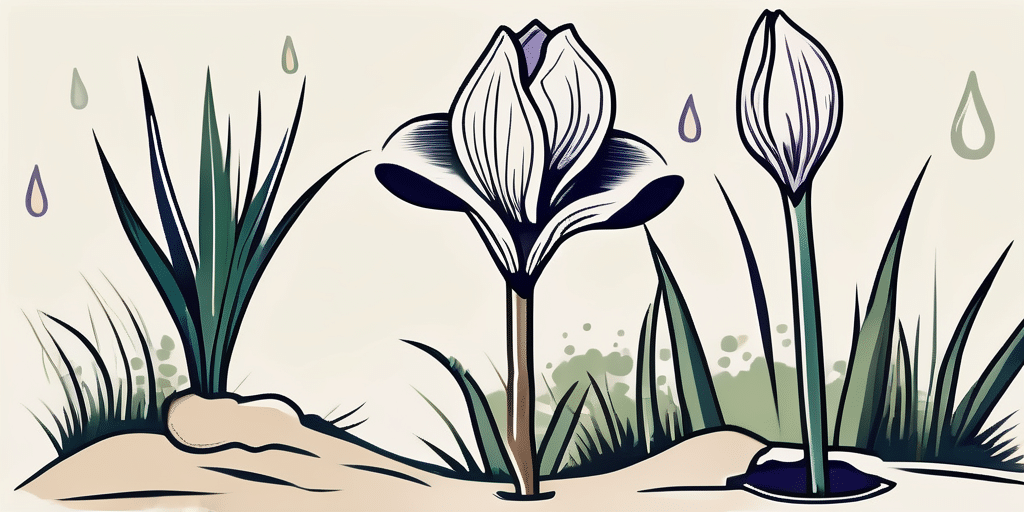Snap dragons are beautiful and vibrant flowers that add a touch of color and cheerfulness to any garden. As a popular ornamental plant, they are widely loved for their unique shape and ability to attract pollinators like bees and butterflies. In this ultimate guide, we will explore everything you need to know about growing and caring for snap dragons. From their fascinating history and origin to essential tips for successful cultivation, this guide will equip you with the knowledge to cultivate a thriving snap dragon garden.
Understanding Snap Dragons
Before diving into the specifics of growing snap dragons, let’s start by understanding these fascinating flowers. Snap dragons, scientifically known as Antirrhinum majus, are native to Europe and North America. Their name is derived from the Latin word “antirrhinum,” meaning “like a snout” or “resembling a dragon’s jaws.”
Nowadays, there are numerous varieties of snap dragons available, each with its own unique characteristics and color palette. From the small and delicate dwarf snap dragons to the taller and more robust varieties, there is a snap dragon to suit every gardener’s taste and preference.
The History and Origin of Snap Dragons
The history of snap dragons dates back centuries. These enchanting flowers have captured the imagination of gardeners for generations. Native to rocky regions, meadows, and hillsides, snap dragons have a wild beauty that has been tamed and cultivated for centuries.
According to historical records, snap dragons were first introduced to Europe in the 18th century when botanists and explorers discovered them during their travels. Since then, snap dragons have become a beloved garden staple, appreciated for their bright colors and charming shape.
During the Victorian era, snap dragons gained popularity as a symbol of grace and strength. They were often included in elaborate floral arrangements and used to convey messages of admiration and loyalty. The Victorians believed that snap dragons brought good luck and protection against evil spirits, making them a cherished flower in both gardens and homes.
Different Varieties of Snap Dragons
The diversity among snap dragon varieties is truly impressive. From classic shades of pink, red, and yellow to more unusual colors like orange, white, and purple, there is a whole spectrum of snap dragons to choose from. Some popular varieties include:
- ‘Rocket’ – A tall variety that reaches up to 3 feet in height and features spikes of colorful flowers.
- ‘Montego’ – This compact variety is perfect for border plantings and comes in a range of vibrant colors.
- ‘Night and Day’ – Known for its unique bicolor blooms, this variety adds a touch of contrast to any garden.
Aside from their vibrant colors, snap dragons also vary in terms of their growth habits. Some varieties are compact and bushy, making them ideal for container gardening or smaller spaces. Others are more sprawling and can be used to create beautiful cascades of flowers along garden borders or hanging baskets.
Furthermore, snap dragons are not only admired for their visual appeal but also for their delightful fragrance. Some varieties, like the ‘Orange Wonder’ and ‘Chantilly Peach,’ emit a sweet and captivating scent that can fill the air with their alluring perfume.
Preparing to Plant Snap Dragons
Before bringing snap dragons into your garden, it’s essential to make proper preparations for their successful growth. Here are some key factors to consider:
When preparing to plant snap dragons, it’s important to understand the specific needs of these beautiful flowering plants. Snap dragons, scientifically known as Antirrhinum majus, are popular for their vibrant colors and unique snap-like blooms. These biennial or short-lived perennial plants are a favorite among gardeners for adding a pop of color to flower beds, borders, and containers.
Ideal Soil Conditions for Snap Dragons
Like most plants, snap dragons thrive in well-draining soil. They prefer a soil pH between 6.0 and 7.0, which is slightly acidic to neutral. To provide optimal growing conditions, enrich the soil with organic matter, such as compost or well-rotted manure, to improve its fertility and texture. This will help create an ideal environment for the roots to flourish.
Additionally, snap dragons benefit from a consistent moisture level in the soil. While they don’t like to sit in waterlogged soil, it’s important to keep the soil evenly moist, especially during dry periods. Mulching around the plants can help retain soil moisture and regulate temperature, promoting healthy growth.
Choosing the Perfect Location for Planting
Selecting the right location for planting snap dragons is crucial for their overall health and vitality. Snap dragons require full sun for at least six hours a day to promote sturdy growth and vibrant blooms. Ensure that the chosen spot has good air circulation to prevent the development of diseases.
It’s also important to consider the surrounding plants when choosing a location for your snap dragons. While these plants are relatively low-maintenance, they can benefit from companion planting with species that attract beneficial insects or provide natural support. Marigolds, alyssum, and daisies are excellent companion plants that can enhance the beauty and health of your snap dragons.
Planting Your Snap Dragons
Now that you’ve prepared the soil and chosen the perfect spot, it’s time to plant your snap dragons. Snap dragons, also known by their botanical name Antirrhinum, are beloved for their vibrant, dragon-like flowers that come in a variety of colors. These hardy plants are relatively easy to grow, making them a popular choice for many gardeners.
When planting snap dragons, it’s essential to follow a step-by-step guide to ensure they thrive in their new environment. Here’s a detailed planting guide to help you get started:
Step-by-Step Planting Guide
- Prepare the soil by removing any weeds or debris and loosening it with a garden fork or tiller.
- Water the soil thoroughly before planting to ensure a moist environment.
- Dig small holes or trenches that are slightly wider and deeper than the root balls of your snap dragons.
- Space the plants accordingly, following the recommended spacing guidelines for the specific variety you chose.
- Place each snap dragon plant into its designated hole or trench, making sure the top of the root ball is level with the soil surface.
- Backfill the holes or trenches with soil, gently firming it around the roots to eliminate any air pockets.
- Water the newly planted snap dragons thoroughly to settle the soil and promote root establishment.
Adding a layer of organic mulch around the base of the plants can help retain moisture and suppress weed growth, giving your snap dragons the best possible start.
Best Time to Plant Snap Dragons
Snap dragons are generally cool-weather plants and can be planted both in spring and fall. However, it’s important to note that they are frost-sensitive, so it’s best to avoid planting them during the winter months if you live in a region with harsh winters. By choosing the right time to plant your snap dragons, you can ensure they have optimal growing conditions and produce stunning blooms throughout the season.
[Source: University of California Extension]
Caring for Your Snap Dragons
Once your snap dragons are happily settled in your garden, it’s important to provide them with the care they need to thrive. Let’s take a closer look at some essential care instructions:
Watering and Fertilizing Snap Dragons
Proper watering is crucial for the health and longevity of snap dragons. These plants require consistent moisture, particularly during hot and dry periods. Water deeply but less frequently to encourage the development of strong and deep roots. Additionally, providing a balanced slow-release fertilizer every four to six weeks during the growing season will help maintain their vigor and promote abundant blooms.
Pruning and Deadheading Snap Dragons
To encourage continuous blooming and prevent the formation of seed pods, it’s important to deadhead your snap dragons regularly. Deadheading is the process of removing spent flowers by cutting them off just above a healthy leaf node or lateral bud. This practice redirects the plant’s energy into producing new flowers, ensuring a prolonged display of color in your garden.
Troubleshooting Common Problems
Despite their resilience, snap dragons may encounter some problems throughout their lifecycles. Here are some common issues and how to address them:
Dealing with Pests and Diseases
While snap dragons are generally hardy plants, they can be susceptible to a few pests and diseases. Common pests include aphids, spider mites, and snails. Monitor your plants regularly and take appropriate measures such as applying insecticidal soap or using natural predators to control these pests. As for diseases, snap dragons can occasionally develop powdery mildew or rust. Proper air circulation and avoiding overhead watering can help prevent these issues.
[Source: Michigan State University Extension]
Addressing Growth and Blooming Issues
If your snap dragons are not growing or blooming as expected, there could be a few underlying causes. Insufficient sunlight, poor soil drainage, or over-fertilization can all affect their performance. Assess the growing conditions and make necessary adjustments to give your snap dragons the best chance for success.
By following the comprehensive guide outlined above, you are well on your way to becoming a snap dragon gardening expert. With proper understanding, preparation, and care, your garden will soon be adorned with these delightful flowers, bringing vibrancy and charm to your outdoor space.
Join How to Grow Everything for More Gardening Success
Ready to take your gardening skills to the next level? Subscribe for free to How to Grow Everything and learn how to build the garden of your dreams! Receive personalized gardening advice tailored to your location, grow zone, and experience level. Enjoy the best gardening tips, special offers, and deals delivered straight to your inbox—100% free, from our family to yours. Don’t miss out on thousands of free growing and gardening articles designed to help you flourish. Subscribe now and transform your garden into a vibrant oasis!





